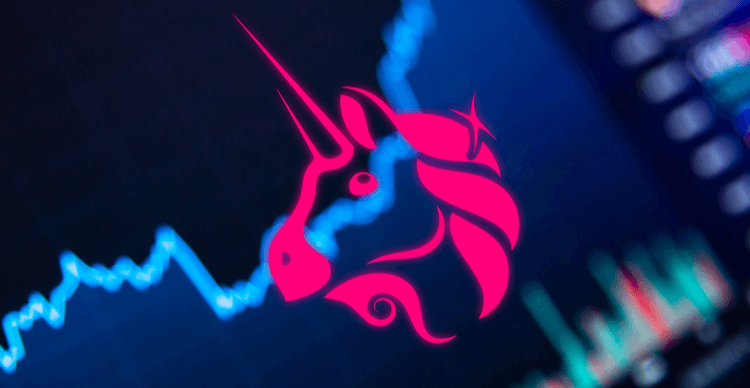US economy adds 216,000 jobs in December, far more than expected
US employers added 216,000 jobs in December, a surprisingly strong increase that fuels doubt as to when the Federal Reserve will begin cutting rates this year.
Last month’s payroll growth came in over November’s higher-than-expected 199,000 advance — and well ahead of the 170,000 economists expected, according to Refinitiv data.
The figure marks an average monthly payroll gain of 232,000 over the previous 12 months — a strong figure considering the economy was gripped with stubbornly high inflation and the highest borrowing rate Americans have seen in 22 years.
It reinforces the notion that the Feds not going to be in a rush to cut rates. former New York Fed President William Dudley told Bloomberg on Friday.
Dudley added that the economys doing pretty well and that May is more likely for the Fed to start cutting.
“Theyll need to see some signs that the economy is slowing,” Dudley said. “The wage trend for now is something that is likely concerning to policymakers.”
The Labor Department said employment continued to trend up in government, which saw the biggest gain of 52,000 in December — followed by health care, social assistance, and construction, the Labor Department said on Friday.
Only two industries lost jobs: transportation and warehousing, which dipped 23,000 last month.
The Labor Department’s data revised November’s payroll gains down by 26,000, while October’s figure was revised down by 45,000.
The Fed has lifted the benchmark federal funds rate to a 22-year high, between 5.25% and 5.5%, in hopes of tamping down inflation to its highly-coveted 2% target.
But at the minutes of its December meeting released Wednesday, Federal Reserve officials indicated that interest rates were at or near their peak when they voted to leave the rate unchanged last month but offered few clues as to when they might implement cuts.
Almost all participants indicated that a lower target range for the federal funds rate would be appropriate by the end of 2024, said the minutes, with a number of participants highlighting increased uncertainty about how long strict monetary policy would need to be maintained.
Data released by the Bureau of Labor of Labor Statistics on Friday also noted that the unemployment rate stayed the same, at 3.7%, a tick lower than the 3.8% rate Refinitiv economists also predicted.
Average hourly earnings — a key measure of inflation — increased 15 cents, or 0.4% for the month, to $34.27. Over the past 12 months, hourly earnings are up 4.1%.
The wage advance comes just after New York’s minimum-wage pay bump took effect, lifting the minimum wage in New York City, Long Island, and Westchester County $1, from $15 to $16.
In the remainder of New York State — which is one of 22 states getting minimum wage hikes in the new year — the new minimum wage is $15, up from $14.20.
A separate report released by the Labor Department on Tuesday showed that job openings unexpectedly slowed to 8.7 million at the end of November, the lowest level since March 2021.
The figure marks a decrease from the downward revised 9.3 million openings reported the previous month, a signal of shaky confidence in the job market.
Though the dip came out of the blue for economists, it backs up data recently released by American employment website Indeed, which found that as of Dec. 29, 2023, open positions on the site declined more than 15% from a year earlier.
Following the release of the latest Consumer Price Index in November — which tracks changes in the costs of everyday goods and services and showed that US inflation rose 3.1% — Fed chair Jerome Powell said the historic tightening of monetary policy is likely over.
Powell dovetailed the report with projections from all 19 policymakers that showed near unanimity that borrowing costs would fall in 2024 — as many as three times.
While Fed policymakers did not want to take another rate hike off the table, it is no longer the central banks base case, he said in remarks made in a press conference following the end of the central banks final policy meeting of 2023.
December’s CPI report is set to be released on Jan. 11.
Central bankers will decide on whether or not to keep interest rates steady, between 5.25% and 5.5%, following their next two-day meeting, which will conclude on Jan. 31.





